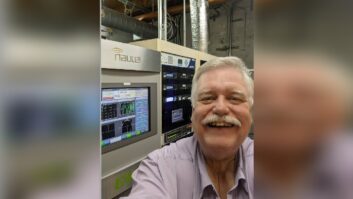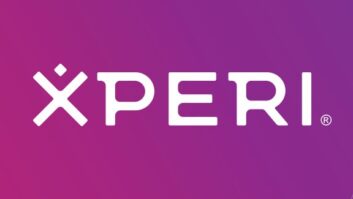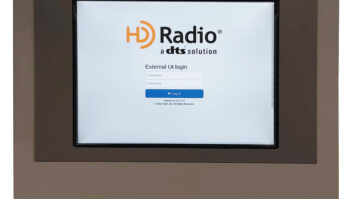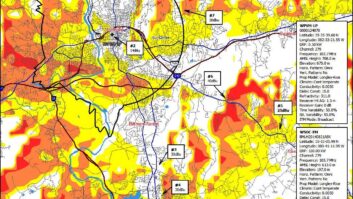This story is copyright Radio World Online.
It was a meeting that may help determine what radio displays of the future looks like.
Members of the National Radio Systems Committee are sifting through display options for multicasting stations on HD Radios. This week they invited station programmers and marketers to give their input during a demonstration at NAB here in Washington.
Delphi, Kenwood, Radiosophy and Boston Acoustics provided receivers for an off-air, one-hour demo of various station multicasting designation possibilities, committee members told RW Online afterwards. Several Washington FMs participated in the demo, including WAMU, WETA, WHUR, WIHT, WBIG, WMZQ, WWDC and WMMJ.
“This is an issue that surfaced in a technical forum, but it is really a marketing issue,” said Milford Smith, co-chair of the DAB Subcommittee of the NRSC, told Radio World. The invited marketers and programmers, he said, provided valuable input during the meeting.
Currently, receivers that decode split digital streams designate additional channels by associating them with the main channel, such as “WXYZ HD-1.” A big point of discussion is whether the display for the supplemental audio channels should remain tied to the main channel visually or not, a discussion that ventures into format and marketing issues.
Dave Wilson, the liaison between the Consumer Electronics Association and the task group working on this display issue, said the committee is also looking at a new numbering approach, one that would give consumers the illusion of a new band for the “new” stations, as well as permutations of the current numbering scheme.
How radio receivers acquire the signal of the new stations, how fast that happens and the implications of whether the user is tuning up or down the dial, are being reviewed. Also under review: the blend-to-analog feature; when that feature is present or not present in the SAP channels; and how this factors into receiver signal acquisition.
There is no clear timeline for when the group will reach its recommendations to the DAB Subcommittee or what form they would take. The results would not be seen in HD Radio receivers that have the ability to decode the multicast signals for a few years, participants said.
Approximately 60 people participated in the discussion, Smith said.
Read more on this topic in an upcoming issue of Radio World.











